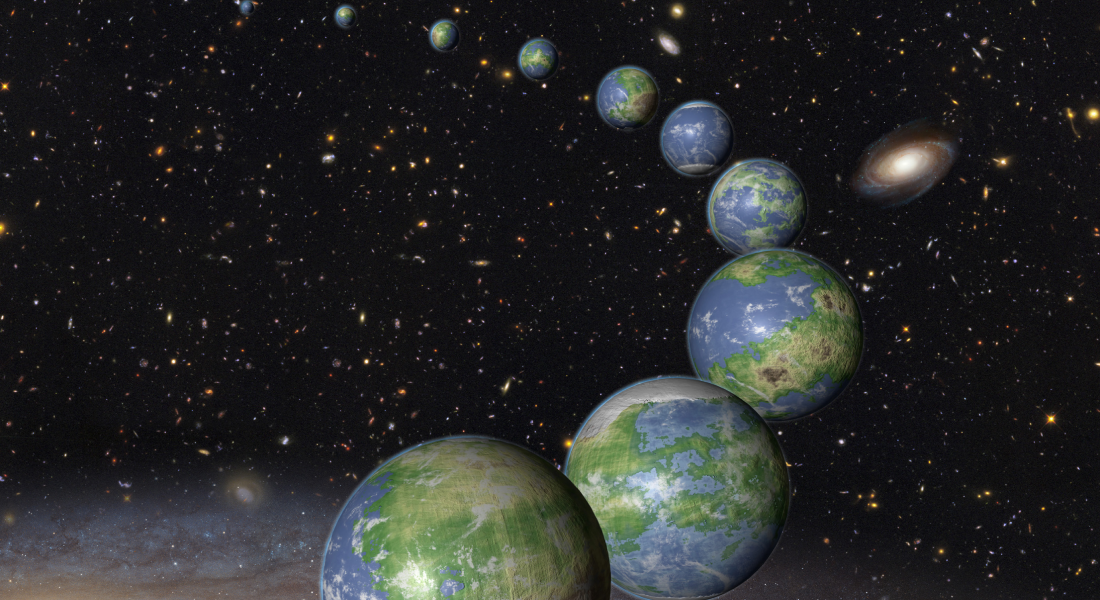Other planets in our Milky Way may have continents just like Earth

Scientists believe there may be planets in the Milky Way galaxy that have water and landmass properties similar to that of Earth.
A new study suggests that water may be present during a planet's formation, with the researchers noting this was true for Earth, Mars and Venus. And because there's nothing special about our solar system, the same conditions likely occurred as exoplanets in the galaxy formed.
"All our data [computer modeling] suggest that water was part of Earth's building blocks, right from the beginning," Anders Johansen, the lead author of the new research and an astronomer at the University of Copenhagen, said in a statement. "Because the water molecule is frequently occurring, there is a reasonable probability that it applies to all planets in the Milky Way. The decisive point for whether liquid water is present is the distance of the planet from its star."
Related: 7 ways to discover alien planets
During the study, the researchers calculated how fast planets are formed. They found that tiny, millimeter-size particles of ice and carbon were the primary building blocks of Earth, along with pebbles that drift through the protoplanetary disc, an idea known as "pebble accretion."
Early in its history, Earth grew by capturing pebbles that contained ice and carbon, until the planet reached about 1% of its current mass. For the next 5 million years, Earth continued to grow until it reached its current size, while the surface temperature continued to rise, resulting in the ice in the pebbles evaporating before reaching the planet's surface, Johansen explained.
The researchers also found that the pebbles are comprised of between 10% and 35% ice for protoplanets, with smaller proportions for larger objects.
Breaking space news, the latest updates on rocket launches, skywatching events and more!
Some previous studies, such as one published in August 2019, have suggested that around 60% of Earth's water comes from asteroid impacts.
With water found "everywhere" in the galaxy, according to Johansen the pebble accretion theory may give credence to the idea that other Milky Way planets formed in a similar manner to Earth, Mars and Venus and thus may be suitable for life.
"All planets in the Milky Way may be formed by the same building blocks, meaning that planets with the same amount of water and carbon as Earth — and thus potential places where life may be present — occur frequently around other stars in our galaxy, provided the temperature is right," Johansen said.
One of the new study's co-authors, University of Copenhagen professor Martin Bizzarro, also noted that not only do the planets in their model get the same amount of water, but they may sport continents as well, citing the theory that planets in the Milky Way had the same building blocks and temperatures. "It provides good opportunities for the emergence of life," he said.
Next, Johansen and the researchers will utilize the spectroscopy features of future space telescopes, such as the James Webb Space Telescope, to determine exactly how much water vapor these planets have.
The research is described in a paper published Feb. 17 in Science Advances.
Follow us on Twitter @Spacedotcom and on Facebook.
